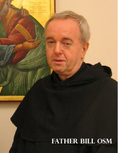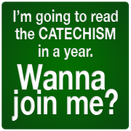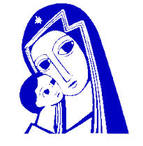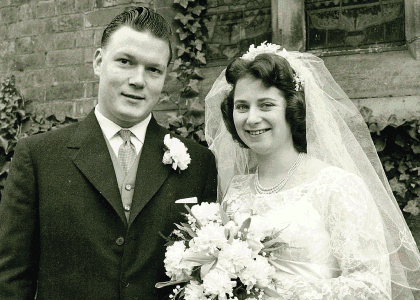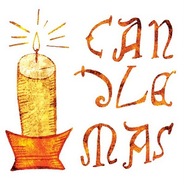
Candlemas is a Christian holiday following on from Christmas, though not a public holiday as is the Nativity of The Lord, being celebrated annually on February 2 marking various occasions according to Christian belief, primarily with a focus on Jesus’ early life being known in many eastern churches as the “Feast of the Presentation of Christ in the Temple” or the “Meeting of the Lord” which remembers the Child Jesus making his first entry into the Temple and also celebrates the Virgin Mary’s purification at the “Feast for the Purification of the Blessed Virgin Mary (mainly in western Catholic churches). Many Christians believe that Jesus’ mother Mary presented him to God at the Temple in Jerusalem after observing the traditional 40-day period of purification (of mothers) following his birth. According to The Gospel account of Luke, a Jewish man named Simeon held the baby in his arms and said that he would be a light for the Gentiles (Luke 2:32). It is for this reason that this event is called Candlemas.
Candlemas occurs at a period between the December solstice and the March equinox, so many people traditionally marked that time of the year as winter’s “halfway point” while waiting for the spring. In our northern hemisphere the seasonal changes in the United Kingdom at Candlemas, according to folklore, see the badger emerging to test the weather. Snowdrops (galanthas nivalis) are known as Candlemas Bells blooming early in the year, even before Candlemas. Some varieties bloom all winter. Some once believed that these flowers should not be brought into the house prior to Candlemas but in more recent times it has been believed that these flowers purify a home. According to folklore again, an angel helped these Candlemas bells to bloom and pointed them as a sign of hope to Eve, who wept in repentance and in despair over the cold and death that entered the world. Many Christians see the flower as a symbol of Jesus Christ being hope for the world. Candles that are lit during Candlemas also symbolize Jesus as the “light of the world”.
Many Christians consider Jesus as the “Light of the World” so it is fitting that by the time you have read this candles will have been blessed on this day and that a candle-lit procession usually precedes the celebration of Holy Mass on that day. In some parts of Europe such as France, it is traditional to eat crepes on Candlemas. Each family member prepares and cooks a crepe while holding a coin in hand. This is believed to assure wealth and happiness until the next Candlemas celebration – a bit like Christmas pudding sixpences. In Spanish speaking countries Candlemas is also known as Candelaria. Whoever finds baby figures hidden inside the Rosca de Reyes (Kings’ Cake) on Epiphany on January 6 is obliged to bring food to a gathering held on February 2. Many Orthodox and Catholic Christians celebrate this event by bringing beeswax candles to their local church and having for these candles or others provided at the church blessed to be used in the church or at home. Some Christians observe the practice of leaving Christmas Cribs up in the church until Candlemas
Candlemas occurs at a period between the December solstice and the March equinox, so many people traditionally marked that time of the year as winter’s “halfway point” while waiting for the spring. In our northern hemisphere the seasonal changes in the United Kingdom at Candlemas, according to folklore, see the badger emerging to test the weather. Snowdrops (galanthas nivalis) are known as Candlemas Bells blooming early in the year, even before Candlemas. Some varieties bloom all winter. Some once believed that these flowers should not be brought into the house prior to Candlemas but in more recent times it has been believed that these flowers purify a home. According to folklore again, an angel helped these Candlemas bells to bloom and pointed them as a sign of hope to Eve, who wept in repentance and in despair over the cold and death that entered the world. Many Christians see the flower as a symbol of Jesus Christ being hope for the world. Candles that are lit during Candlemas also symbolize Jesus as the “light of the world”.
Many Christians consider Jesus as the “Light of the World” so it is fitting that by the time you have read this candles will have been blessed on this day and that a candle-lit procession usually precedes the celebration of Holy Mass on that day. In some parts of Europe such as France, it is traditional to eat crepes on Candlemas. Each family member prepares and cooks a crepe while holding a coin in hand. This is believed to assure wealth and happiness until the next Candlemas celebration – a bit like Christmas pudding sixpences. In Spanish speaking countries Candlemas is also known as Candelaria. Whoever finds baby figures hidden inside the Rosca de Reyes (Kings’ Cake) on Epiphany on January 6 is obliged to bring food to a gathering held on February 2. Many Orthodox and Catholic Christians celebrate this event by bringing beeswax candles to their local church and having for these candles or others provided at the church blessed to be used in the church or at home. Some Christians observe the practice of leaving Christmas Cribs up in the church until Candlemas

